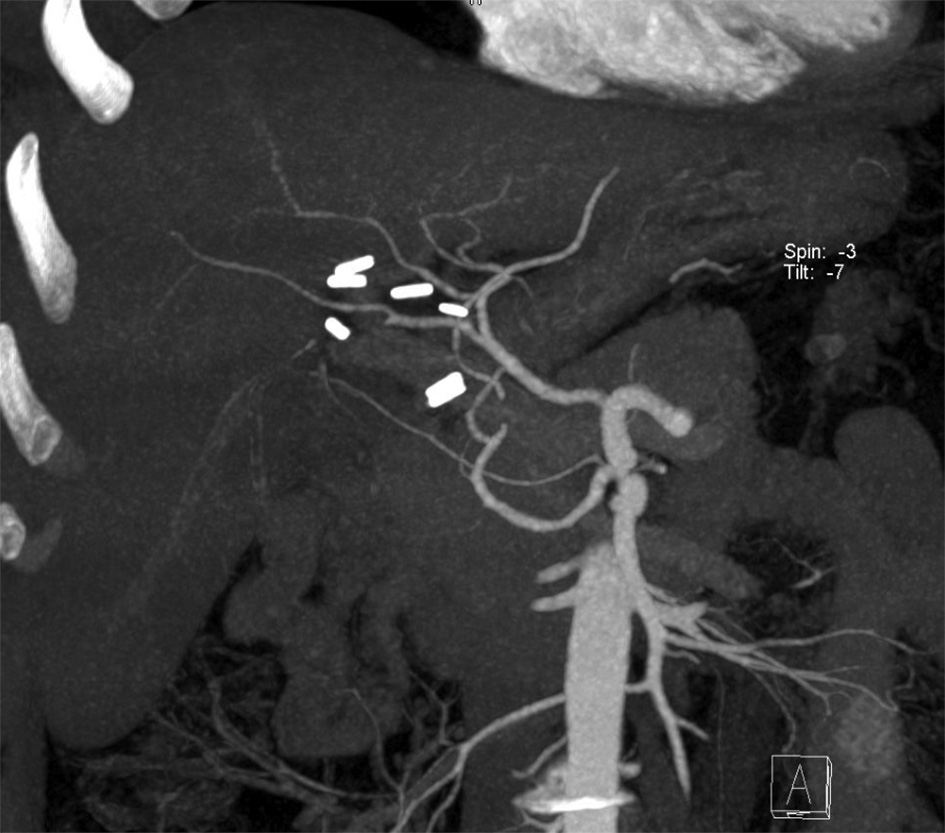Abstract
Introduction: Bile duct injuries (BDIs) that occur after a laparoscopic cholecystectomy (LC) are among the most serious iatrogenic injuries and have high morbidity and mortality. They significantly impact the quality of life of the patient. They are one of the most common causes of benign biliary strictures, which can result in serious complications such as recurrent cholangitis or secondary biliary cirrhosis. Although LC is a common operation today, the incidence of BDIs associated with LC is twice that of BDIs resulting from open cholecystectomies.
Case report: In this paper, we present a case report of a patient after LC with the Class III-D injury according to the Stewart-Way classification. The injury was a result of a misleading description from a preoperative ultrasonography and a subsequent misunderstanding of the anatomical conditions of a patient with congenital gallbladder agenesis. The BDI was recognised first day after surgery. Thanks to a prompt transfer to our centre the patient was in a good condition. Biliary reconstruction could be done because there was no serious inflammation or biliary peritonitis at the time of reoperation. Due to the extent of the injury a Roux-en-Y tri-hepaticojejunostomy combined with external transhepatic biliary drains was performed.
Conclusion: Iatrogenic BDI after a LC is a rare, but potentially life-threatening complication. The main risk factor is the presence of anatomical variants of the biliary tract. Early recognition and treatment in a department with adequately experienced hepatobiliary specialists are crucial for a positive outcome. The most frequent surgical treatment is a Roux-en-Y hepaticojejunostomy.

